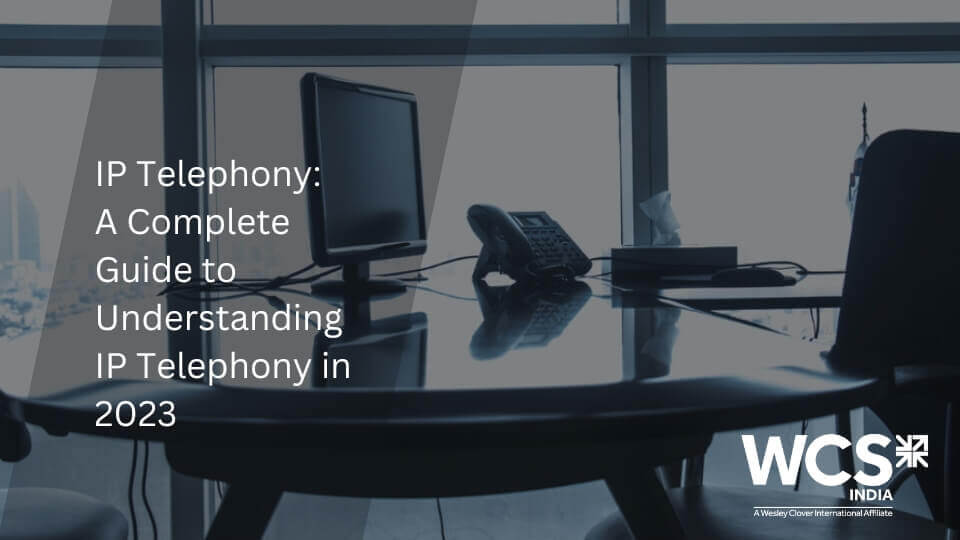PRI vs SIP Trunking: Which one to Choose and Why?
 SIP trunking and PRI are two techniques that are storming businesses and paving a way towards a more consolidated network in Unified Communications. Let's have a look at basics of PRI and SIP Trunking:
SIP trunking and PRI are two techniques that are storming businesses and paving a way towards a more consolidated network in Unified Communications. Let's have a look at basics of PRI and SIP Trunking:
What is SIP Trunking?
1. SIP (Session Initiation Protocol) enables users to engage in integrated and consolidated communications instead of physically separated voice and data networks, anywhere and anytime, irrespective of the network infrastructure employed. Unlike physical connection in PRI, SIP trunking works on virtual connections.
2. SIP has come up as the universal standard for Voice over Internet Protocol (VoIP) services.
3. SIP trunking is a service offered by Internet Telephony Service Provider (ITSP) that connects a private business-class phone system with a VoIP service network.
What is PRI?
1. PRI - Primary Rate Interface line is an end to end digital circuit and is a form of ISDN (Integrated Services Digital Network) line which enables traditional phone lines to carry voice, data and video traffic.
2. Physically, there is one line connecting the customer PBX to the service provider but that one PRI line can send/receive 30 calls at the same time. In case of more requirement, more number of physical lines are needed.
3. By deploying multiplexing/de-multiplexing techniques, a PRI line can carry more than one channel in a single circuit.
4. E1 and T1 are two common forms of PRI lines. E1 is most commonly used in Europe and India to carry 30 channels in 2 pairs of copper lines. T1 is used to carry 23/24 channels and is used in the US.
Free Download: Learn how to make your business communications effective and borderless with our UCC solutions.
Advantage(s) of PRI Trunking over SIP trunking
1. QoS: PRI circuits always offers a guaranteed amount of bandwidth for each call made, thus assuring a high Quality of Service but in case of SIP trunking each call is sent like a packet(lags, delays or packet loss can occur). So if your business is struggling to cope up with number of calls during peak hours, then PRI is way to go.
Advantage(s) of SIP Trunking over PRI
1. Scaling up: In case of PRI, if an enterprise needs to scale up, installation of new circuits with additional termination hardware is needed. If your business needs to make more calls, you may have to purchase additional PRI line whereas in case of SIP trunking, you just need to increase your data connection's bandwidth to have more SIP trunk virtual connections.
2. Additional Capacity Planning : For PRI, you need to plan well in advance, as installation of new circuits and termination hardware may need some time. In case of SIP trunking, you don't need to think much of capacity planning as this is as simple as a software change.
3. Backup and Redundancy : Providing backup circuits to remote sites in case of PRI can affect ROI adversely as it requires more circuits. On the other hand, backup with SIP is not that complicated because of automatic IP-rerouting capabilities. With SIP trunking, network can be designed to retain PSTN, reachability and capacity in case the terminating hardware or an entire office location is lost/destroyed. There is no need to build in excess capacity and hence cost efficiency is maintained.
Selection between SIP trunking and PRI completely depends on your business needs. Sometimes business also opt for both technologies simultaneously (called hybrid model) for redundancy or other reasons.
How to Decide? SIP Trunking or PRI?
You need to keep a few things in your consideration when you choose to upgrade your PRI to SIP or to implement a PRI trunk versus SIP :
i) You need to see that during the most occupied hours of the day in your organization, how many people are there on the phone, simultaneously.
ii) If you have chosen to go for SIP, do you have the strong internet connection that has the bandwidth to handle the call load?
iii) You need to examine if the existing PBX system of your company is compatible with VoIP gateways and if not, you may have to update your PBX systems.
iv) You need to look for scalability as well. Do you get the need to scale the number of users or lines in your organization. If yes, then SIP is the reliable choice.
v) Is call quality vital enough for the functioning of the organization. If yes, then PRI is what you should go for!
vi) PRI needs in-house IT support for maintenance purpose while SIP solution requires little or no IT support.





